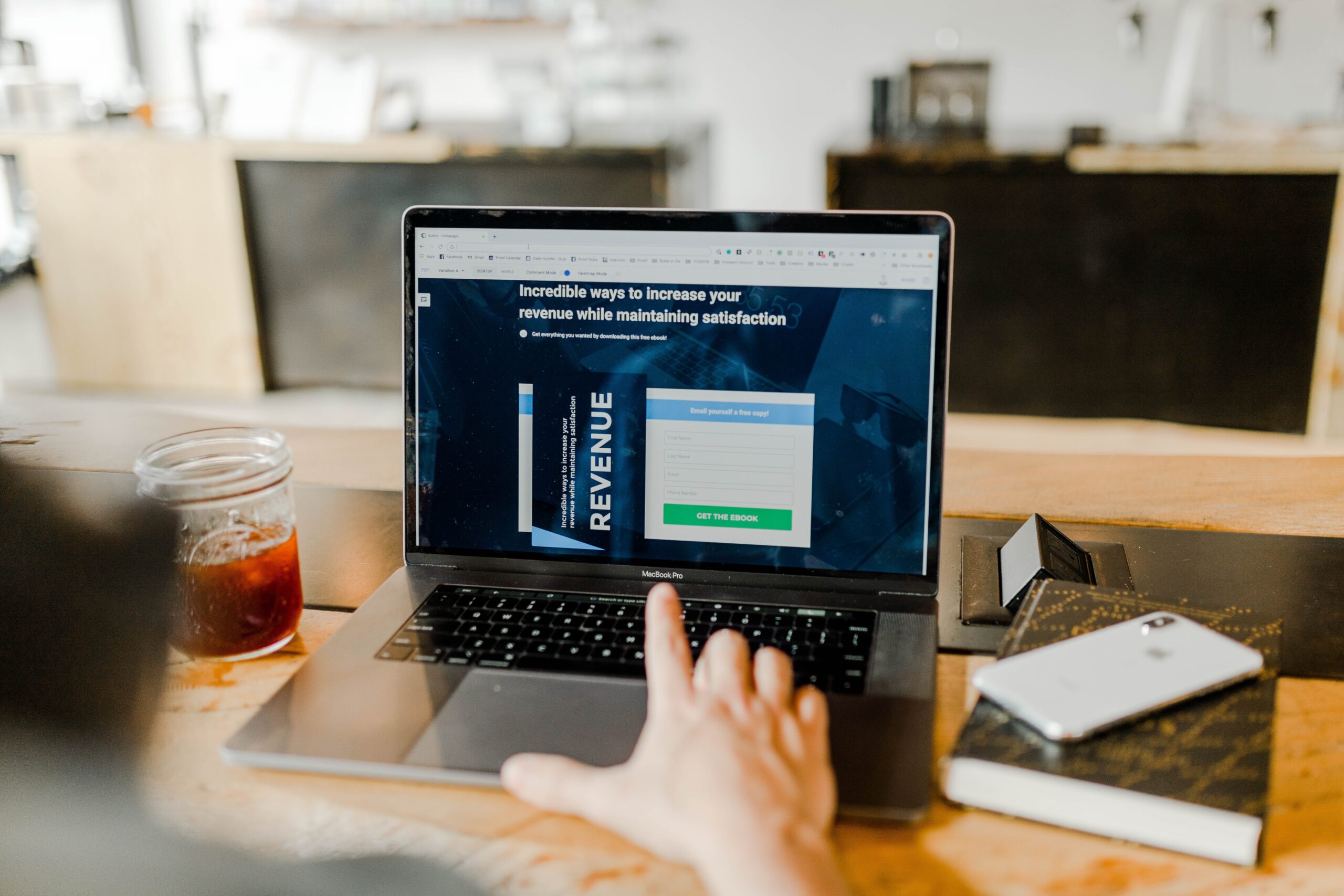
The Power of Partnerships? It’s the dream of many SaaS startups to be the fastest-growing SaaS company in history to reach $1 billion in revenue. For the ecommerce platform Shopify, it’s a reality.
And, growth doesn’t look to slow down anytime soon. Shopify is planning to open a new office in Toronto, doubling its Toronto-based employees to 1,500 by 2022.
So, how did Shopify get to where it is now? It identified something that was lacking— an application for businesses to easily sell their products online to consumers— and made it awesome. So awesome that sellers not only launch with it, they stay with it.
Here’s what to learn from Shopify’s success, The Power of Partnerships.
It’s okay to pivot
In 2004 Tobias Lütke wanted to launch a line of elite snowboards, but he was unable to find a platform to retail his product online. So, he created his own retail platform to launch his snowboard shop.
Soon after, other online merchants were asking to use his platform. So, in 2006, he officially launched Shopify, now a publicly-traded company that employs over 4,000 people.
This willingness to pivot from an original business idea to another upon discovering something lacking (and ultimately achieving booming success) is not isolated. Slack, a billion-dollar messaging platform, emerged out of its team’s messaging needs during the development of a gaming platform.
If you pay close attention to your start-ups business needs, you might just discover a billion-dollar idea along the way. If so—pivot!
Invisibility is okay.
Shopify is involved in millions of purchases—including more than 100 million purchases in 2016 alone. But, most likely, individual shoppers don’t know much about it. And, for merchants and end-customers alike, that’s perfectly okay. Shopify is invisible by design, which allows it to offer end-to-end operation for its customers.
The lesson learned is that especially for SaaS technologies, your brand and your logo don’t have to be everywhere to have a presence. Instead, a technology that works well for many is more powerful than any marketing.
The Power of Partnerships: Partners can be the key to success.
In 2010, Shopify had about 40 apps that sellers could use for their businesses. If you browse the app store today, there are more than 3,500 possible results.
This is because of Shopify’s model, which allows others to build profitable businesses that support merchants in the use of Shopify’s core technology.
Apps that are made by Shopify are usually free. Apps that are developed by a third-party developer typically have a fee associated with them. (For example, Shopify AR, which allows merchants to provide realistic and interactive versions of products in augmented reality, is powered by 3D Warehouse.)
For Shopify, these apps are not the competition, but rather, a money maker. Of the revenue that is generated by apps, Shopify takes 20 percent.
And, they are a win-win for customers. Apps allow merchants to add functionality as needed, augmenting and improving a merchant’s experience and success.
Not only do apps support the success of current merchants, they bring in new ones. Shopify even pays a referral fee to partners that successfully onboard a new merchant to Shopify.
In other words, when a business model generates more businesses and technologies, rather than trying to monopolize the entire space, it’s possible for all to thrive.
Don’t just get customers up and running.
If Shopify got merchants off the ground just so that they could adopt different e-commerce technology upon scaling, it wouldn’t be the success story that it is today.
Yes, Shopify helps new merchants start selling, providing an ideal platform paired with education about how to most successfully launch an online store.
But, it also powers direct-to-consumer (DTC) ecommerce for bigger brands. These include Budweiser, the Economist, the New York Times Shop, Redbull, Tesla Motors, Nestlé, and more.
So, if your startup serves small businesses, be ready to support them when they scale.
Dare to take on the big guys.
But, not in a mudslinging, Oracle kind of way.
Shopify’s giant competitors include Amazon and eBay. While similar to its competitors, its model is actually quite different. Whereas Amazon and eBay offer sellers the opportunity to sell in a well-oiled online marketplace, Shopify allows merchants to smoothly and safely sell from a personalized web store.
Until recently, this differentiation made it easy enough for retailers to decide on the model that worked best for them. In June 2019, however, Shopify made its challenge to Amazon clear by announcing the Shopify Fulfillment Network, which provides even its smallest merchant access to advanced fulfillment systems.
The company is hopeful that providing faster, more efficient fulfillment services and technologies to even the smallest merchants will lure more merchants to its platform.
So, when it comes to competitors: think big, but take the market one day at a time.
The Power of Partnerships – Shopify is a success story that everyone can feel good about. It provides opportunities to merchants of all sizes, app developers, and other partners alike, to rise together. Rather than try to compete with every SaaS startup in its sphere, it forged partnerships that made it stronger, continued to improve its own service, and has its sights set on big competitors in good time. And, that’s worth remembering.








